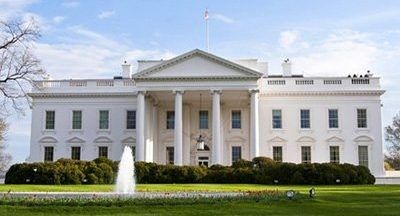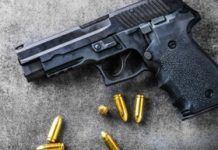According to a statement from the US Secret Service, it has ended its investigation into the little bag of cocaine seized inside the White House and has not been able to identify a suspect.
According to the USSS statement, Secret Service officials searched through “security systems” and indexed “several hundreds of people” who entered the West Wing in the days before the discovery but were unable to identify a suspect. The FBI lab results from the packaging, according to the Secret Service, discovered “insufficient DNA” and were unable to recover any fingerprints.
Investigators were also unable to identify the particular moment or day when the baggie was left inside the West Wing cubby near the lower level entrance where it was discovered.
“There was no surveillance video footage found that provided investigative leads or any other means for investigators to identify who may have deposited the found substance in this area,” the agency’s statement said. “Without physical evidence, the investigation will not be able to single out a person of interest from the hundreds of individuals who passed through the vestibule where the cocaine was discovered. At this time, the Secret Service’s investigation is closed due to a lack of physical evidence.”
The revelations have raised questions about the White House’s security situation, on social media. Concerns have also been raised about the number of cameras in the White House and their functionality, indicating an intentional cover-up. According to a source with knowledge of the investigation, the most likely explanation is that it was left by one of the hundreds of visitors who took tours of the West Wing that weekend and were instructed to put their phones in those cubbies.
According to a person acquainted with the inquiry, the cubbies where the little amount of cocaine was discovered are a blind area for security cameras. Although the area where the bag was found is under surveillance, the source claimed that cameras are not pointed directly at the West Wing cubbies close to the lower-level entry where the bag was located, making it challenging to determine who left the bag behind.








